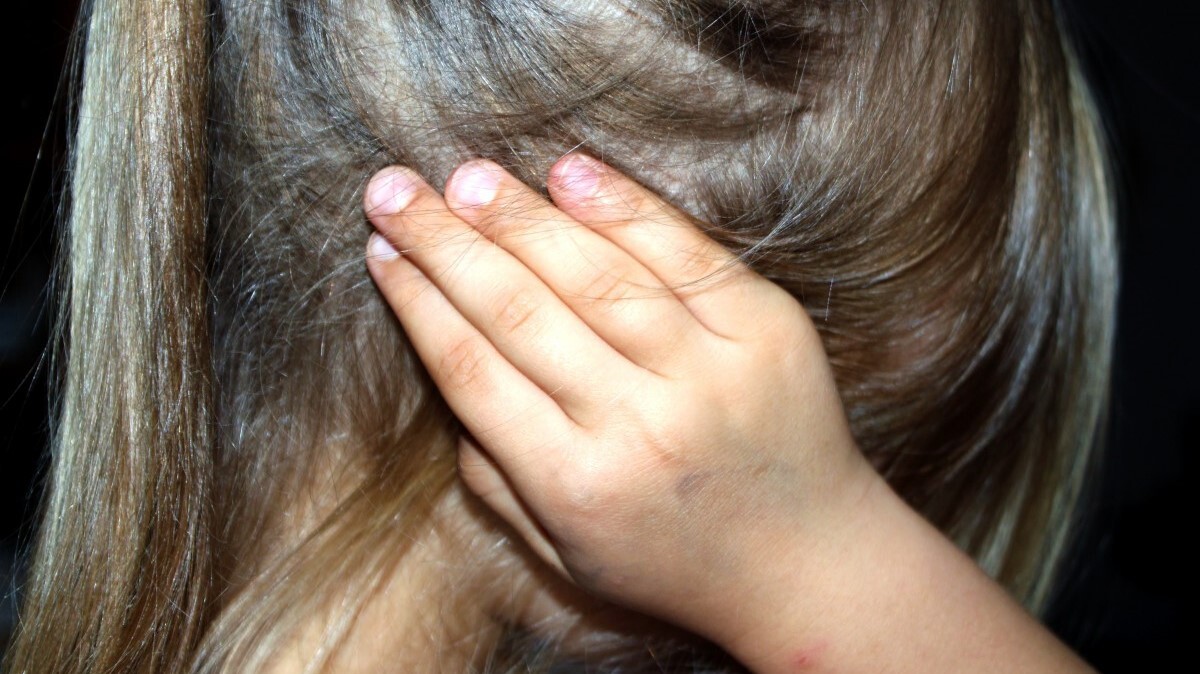The eustachian tube is about 1 1/2 inches long and connects the middle ear with the throat. | PxHere.com
The eustachian tube is about 1 1/2 inches long and connects the middle ear with the throat. | PxHere.com
• Causes of eustachian tube dysfunction (ETD) include allergies, a common cold, the flu or chronic acid reflux.
• ETD may resolve on its own, but if symptoms last longer than two weeks, it's recommended to see a doctor.
• One treatment option is eustachian tuboplasty, also known as eustachian tube balloon dilation.
Dr. Brian Lee of Scottsdale Sinus and Allergy Center believes balloon dilation can help patients who have ETD, and he talked to Grand Canyon Times about the condition and possible treatments.
ETD is often caused by allergies and infections such as the common cold or flu, as well as acid reflux and altitude changes. In many cases, ETD may clear up on its own, but doctors say if home-based remedies don't work or symptoms last longer than two weeks, it's time to seek medical treatment.
"There's always medical management -- meaning steroids, nasal sprays, oral steroids -- for very mild cases," Lee said. "For patients with chronic eustachian tube dysfunction, there are really two options: one, the traditional option of putting an ear tube or ventilation tubes in the eardrum to essentially bypass eustachian tube. But in the past few years, a new procedure has come out to help eustachian tube dysfunction."
ETD gets its name from the eustachian tube, which connects the middle ears to the upper throat. So if a tube becomes blocked, it can cause hearing problems or ringing in the ears, balance problems, discomfort similar to an ear infection or a feeling of fullness in the ears, according to the Cleveland Clinic.
Some home remedies to resolve ETD include chewing gum, yawning, swallowing or using a saline nasal spray, according to the Cleveland Clinic. If ETD is caused by allergies, it often can be resolved with an antihistamine or other over-the-counter medications. If ETD has been caused by an infection, it can be treated with antibiotics.
Eustachian tuboplasty is a relatively new procedure, also known as eustachian tube balloon dilation, which involves a doctor inserting a small balloon through the nasal passage and into the eustachian tube, then inflating the balloon. After about two minutes, the balloon is deflated and removed. Patients often recover from the procedure within a day, much like in the case of a similar procedure recommended for chronic sinusitis, balloon sinuplasty.
"Essentially, the same balloon that we use in the sinuses can also be used in the eustachian tube to help dilate and stretch it out to get it to function again," Lee said.
Other surgical options include myringotomy, where a doctor makes a small incision in the eardrum, allowing fluid to drain from the middle ear, a process that typically requires a three- to four-week recovery time. Pressure equalization tubes are another option, in which tubes are placed by a surgeon inside the patient's eardrum to allow for proper ventilation to the middle ear. Equalization tubes typically are left in place for 12 to 18 months, according to the Cleveland Clinic.
If you're interested in learning more about diagnosis or treatment of ETD, please take this Sinus Self-Assessment Quiz.






 Alerts Sign-up
Alerts Sign-up